Ⅰ. Take triple safety measures.
Safety production is particularly important for petrochemical enterprises. This is because the vast majority of raw materials and products of petrochemical enterprises are flammable, explosive or toxic substances, which are potentially dangerous for fire, explosion or poisoning. From the perspective of operational safety, the degree of danger of fire and explosion can be divided into primary danger and secondary danger. Primary danger is the potential danger of fire or explosion in the equipment or system, but under normal operating conditions, it will not endanger personal safety or the integrity of the equipment. Secondary danger refers to the danger caused by the primary danger, which will directly endanger personal safety, equipment damage and building collapse. The triple safety measures for device layout design are a series of measures taken in accordance with the provisions of relevant fire and explosion prevention regulations.
These measures usually include the following three aspects
1. Prevent secondary dangers caused by primary dangers
This means that various possible dangerous situations should be considered in the design stage and corresponding preventive measures should be taken. For example, when selecting materials, low-toxic, low-harm and low-corrosive materials are preferred to reduce safety risks. Ensure that materials do not leak, volatilize, deteriorate, or have other safety issues during storage, and take appropriate sealing, ventilation, cooling, and other measures.
2. Once a hazard occurs, limit the degree and scope of the hazard as much as possible
This requires considering how to control the spread of the hazard during design. For example, reasonably layout equipment to ensure that the distance, ventilation, and lighting between equipment meet safety requirements so that the spread of fire or toxic gas can be effectively controlled in the event of an accident. Install an automatic control system to monitor and adjust process parameters in real time, and set up an emergency parking system to deal with emergencies.
3. After secondary hazards occur, it can provide convenient conditions for timely rescue and safe evacuation
This involves considering emergency rescue and evacuation issues during design. For example, when designing the layout of the device, the channels, sites, and spaces required for operation, maintenance, and construction should be combined and considered comprehensively so that personnel can be evacuated quickly in an emergency. Develop an emergency treatment plan to deal with leaks or fire incidents, and set up obvious safety signs in the chemical storage area.
Ⅱ. Meet the requirements of process design
The production process of the device is determined by the process, which is mainly reflected in the process flow chart and equipment table (including process flow chart, process pipeline and instrument flow chart, utility system pipeline and instrument flow chart, equipment specification table, self-designed equipment order (sketch), pump specification table, compressor or blower specification table, safety valve specification table, pipeline description table, etc.). In these charts, the operating conditions, design conditions, specifications, dimensions, etc. of the process equipment and pipelines, as well as the connection relationship between the equipment and the pipeline are shown. The device layout design will be based on this.
Generally, it is arranged in the order of production process and the appropriate concentration of similar equipment. For equipment that handles corrosive, toxic and condensable materials, all should be arranged compactly according to the process sequence, so that unified measures can be taken for such special materials, such as setting up cofferdams and laying anti-corrosion floors. In order to prevent coking, blockage, control temperature drop and pressure drop, and avoid side reactions, related equipment with process requirements should also be arranged close to each other. For equipment with height difference requirements during the production process, such as the condensate from the top of the tower to the reflux tank, the fluid from the bottom of the tower or the container to the pump, the fluid flowing by gravity from high to low, and the loading and unloading requirements of solid materials, all kinds of equipment need to be arranged at appropriate floor heights according to the process design requirements. If necessary, it is necessary to set up a plant, a frame or use the upper space of the pipe gallery to arrange the equipment.
Ⅲ. Meet the requirements of operation, maintenance, construction and fire protection
1. After a device is built, the operator will operate and manage it for many years. Therefore, the layout design of the device must provide convenience for operation and management. For example, for the main operation points and patrol inspection routes, provide wider passages, platform bridges, ladders, etc., and the ladders that go up and down frequently should try to use inclined ladders.
2. For a device to operate for a long time, it is necessary to regularly maintain and repair the equipment instruments and pipelines. For maintenance work, mobile motorized equipment should be used as much as possible. The equipment or parts that need to be repaired are transported away and the same equipment or parts that are spare are transported at the same time. This can shorten the maintenance time. For large equipment without spare parts, when on-site maintenance is required, necessary maintenance sites and passages need to be provided. When the equipment arranged in the plant is maintained, it is also necessary to set up necessary cranes, lifting holes, exits, passages and sites for the lifting and handling of large parts.
3. Although the construction of a device and the installation of equipment are completed in a relatively short time, it is also necessary to provide necessary conditions in the device layout design, such as the site, space and passage required for lifting the main equipment and assembling large equipment on site.
4. When designing the device layout, the passages, sites and spaces required for the above operations, maintenance and construction should be combined for comprehensive consideration.
5. Petrochemical enterprises should set up fire-fighting facilities suitable for the materials produced, stored and transported for use by full-time firefighters and job operators.
Ⅳ. Meet the requirements of the overall planning of the whole plant.
The overall planning of the whole plant includes the overall construction plan of the whole plant, the overall process of the whole plant and the overall layout design of the whole plant.
1. According to the overall construction planning requirements of the whole plant, some devices are used as the first phase construction projects, and other devices are used as the second phase construction projects. When designing the device layout, it is necessary to consider that the underground facilities of the first phase project will not affect the start of the second phase project, and that the construction of the second phase project will not affect the production of the first phase project. If the equipment or buildings in a device need to be constructed in stages, the location of the reserved area should be determined according to the process, production nature and equipment characteristics of the device, so that the later construction projects will not affect or affect the production of the previous projects as little as possible.
2. According to the overall process design requirements of the whole plant, in order to rationally utilize energy, some devices can be combined to form a joint device, or for centralized management, devices that are not closely connected or even irrelevant can be arranged together to share an instrument control room, that is, a rational centralized device is also called a joint device. When arranging the device, the blocks should be reasonably divided according to the land occupation requirements of each part of the joint device, so that the internal layout design of each device is more reasonable.
3. After determining the location and area of the device on the overall layout of the whole plant, it is necessary to understand the relative positions of the storage tank area of raw materials, finished products, semi-finished products, the pipeline corridor outside the device, the road and the relevant adjacent devices, so as to determine the location of the pipeline corridor of the device and the layout of equipment and buildings, so that the layout of the storage and transportation system of raw materials and products and the pipeline of the public engineering system is reasonable, and the layout style is coordinated with the adjacent devices.
V. Adapt to the natural conditions of the area.
The so-called natural conditions include climate, wind direction, topography, geology, etc.
1. Combined with the climate conditions such as temperature, rainfall, wind and sand in the area, the characteristics of the production process and the special requirements of certain equipment, determine which equipment can be arranged outdoors. Open-air layout is the current trend of equipment layout. Its obvious advantages are easy installation, maintenance, fire prevention and explosion prevention. However, my country has a vast territory and a large temperature difference between the north and the south. Therefore, in severe cold areas, equipment such as pumps should be installed in the factory; in areas with more wind and sand, non-enclosed mechanical transmission equipment should be installed in the factory; in rainy areas in summer, equipment such as pumps that need to be maintained and operated frequently should not be operated under rain, and canopies should be installed.
2. Combined with the terrain characteristics of the area, in general, the device is arranged on a rectangular flat area with a width of more than 60m, so that the pipeline corridor is located in the central area parallel to the long side, and the equipment is arranged on both sides of the pipeline corridor. This is a common solution. However, sometimes the general plan layout has determined that the device is located in a section with a large slope, and the vertical design can be used to ensure that the device occupies a flat area.
3. The device layout design should be combined with geological conditions. In general, the area of a device is about 10,000-20,000m². Within this range, the geological conditions are unlikely to change much. Individual areas with poor geology can be strengthened by piling. However, there may still be different sections with good and poor geological conditions within a device. At this time, it should be considered to arrange heavy-load equipment and equipment with vibration in sections with good geological conditions to make their foundations firm and reliable.
4. The design of device layout takes into account the influence of wind direction frequency. The so-called wind direction frequency is the statistical wind direction frequency and the number of calm winds. In a certain period of time, the number of times various wind directions appear accounts for the percentage of all observation times, which is expressed by the following formula:
Wind direction frequency = the number of times the wind direction appears/the total number of wind direction observations * 100%
The wind direction frequency diagram is also called the "wind rose" diagram. It is based on the percentage value of the wind direction frequency of each direction in a certain area for many years and is drawn according to a certain proportion. It is generally represented by eight or sixteen compass directions. The wind direction (i.e. the direction of the wind) indicated on the rose diagram refers to the direction from the outside to the center of the area.
Among them, the distance between the point on the wind rose line and the center of the circle indicates the frequency of wind blowing from this point to the center of the circle. For example, the following figure: the frequency of east wind is extremely high, the frequency of north wind is extremely low, and the upwind direction of the lowest frequency wind direction throughout the year is north:
644706.webp)
The wind rose diagram is the general situation of wind in a region, especially in plains. However, due to the differences in terrain and landforms, it has a direct impact on wind climate. Since the terrain and ground conditions often cause changes in local airflow, wind direction and wind speed, when designing the general plan of a building, full attention should be paid to the changes in the local microclimate, and the terrain and topography should be used in the design to comprehensively consider the layout of the building. The role of the wind rose diagram in the construction review work cannot be ignored. When arranging the industry, pay attention to the influence of wind direction on the project location to prevent major mistakes. However, considering the influence of wind direction, it can only be relatively reasonable, because the wind direction of a region can only be observed at a certain observation station in the region, which is far away from the factory construction site in the region and has a regional impact, so it can only be relatively reasonable.
5. In order to reduce the leakage of combustible media blowing to open flames or sparks, high-temperature equipment, it should be arranged on the leeward side of the minimum frequency wind direction of combustible gas, liquefied hydrocarbons, and Class A liquid equipment throughout the year.
VI. Strive for economic rationality
1. Save land and reduce energy consumption
Saving land is the basic national policy for all undertakings. The layout of the device should minimize the floor space as much as possible under the premise of complying with national laws and regulations, implementing national standards and specifications, and meeting the above requirements.
Avoid unnecessary round trips of pipelines, reduce energy consumption, save investment and steel.
2. Economically reasonable typical layout
The economically reasonable typical layout is to arrange equipment on both sides of the corridor. Central overhead corridor. Pumps and maintenance channels are arranged under the corridor. Air coolers or other cold exchange equipment and containers are arranged above the corridor. Towers, containers, heat exchangers, etc. are arranged on both sides of the corridor in the order of the process, and control rooms, transformer substations, offices or compressor rooms are arranged in rows. This is an economically reasonable typical layout proven by many years of practical experience and many actual device layouts.
VII. Meet user requirements
The design of the device layout is of course the responsibility of the design unit. But the design is for the user. Some users often put forward requirements due to different national conditions, different local customs, or for the convenience of operation, such as the type of building, paving range, stairs, lifting equipment, clearance height, handling tools, etc. We should do a good job of explanation to satisfy users without increasing too much investment.
Ⅷ. Pay attention to appearance
The beautiful appearance of the device layout can give a good impression to the personnel who work in the device all year round. The beautiful appearance is also a physical advertisement for designers and design units.
The beautiful appearance of the device layout is reflected in the following aspects:
(1) The equipment is arranged neatly in strips and blocks;
(2) The tower group is arranged in a coordinated manner, and the manholes are arranged as much as possible and face the side of the maintenance road;
(3) The main columns of the frame and pipe gallery are aligned in rows and columns;
(4) The axis of the building and structure is aligned as much as possible, and the height of the facade is appropriate;
(5) The pipeline is horizontal and vertical to avoid unnecessary deviation and skew;
(6) The maintenance road and the factory system are aligned to form a ring channel;
(7) Coordinate with the layout of adjacent devices.
445.webp)
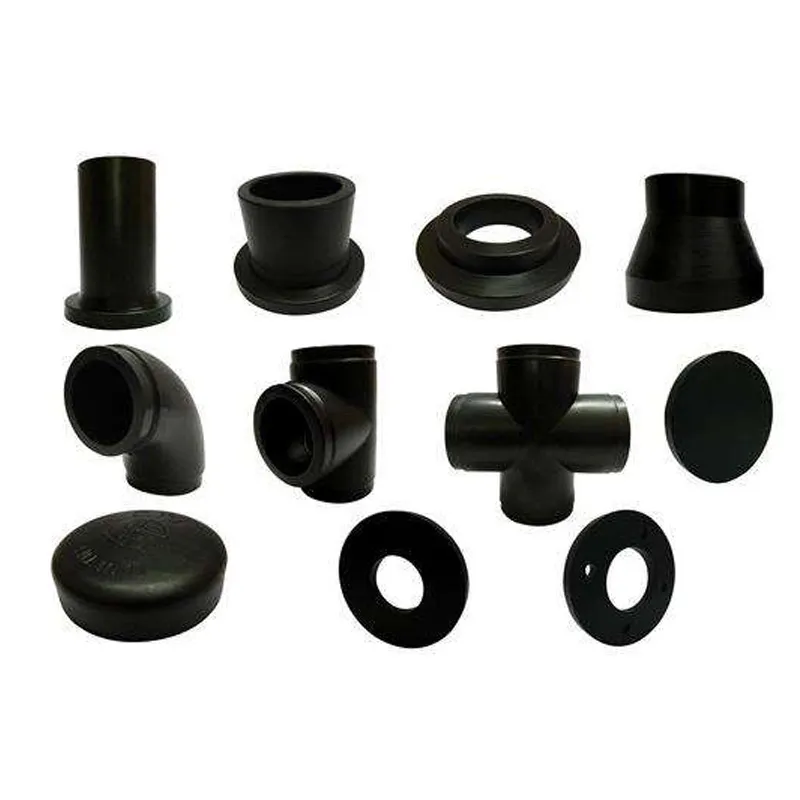
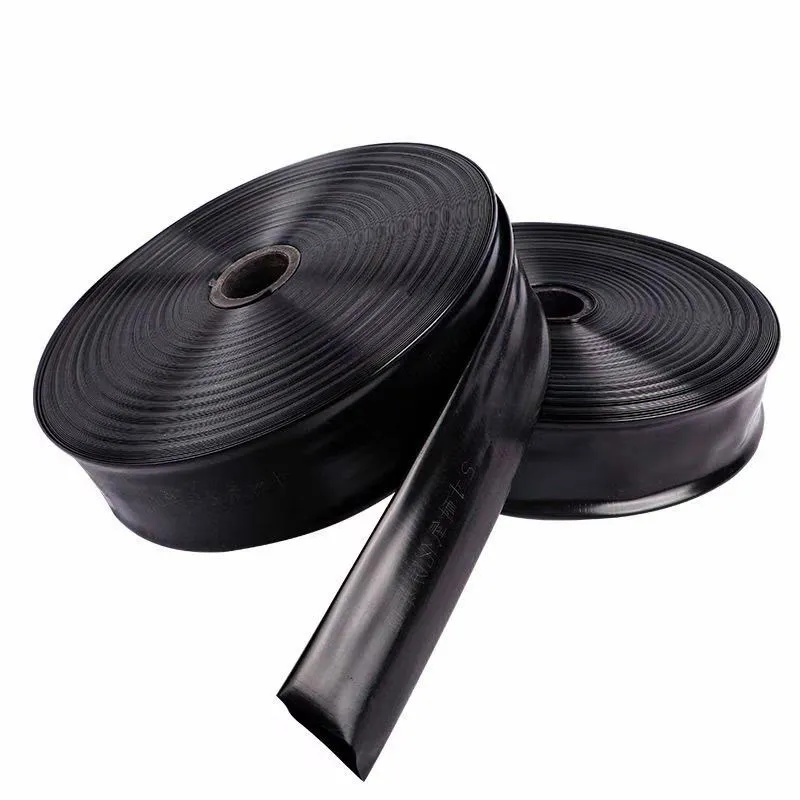
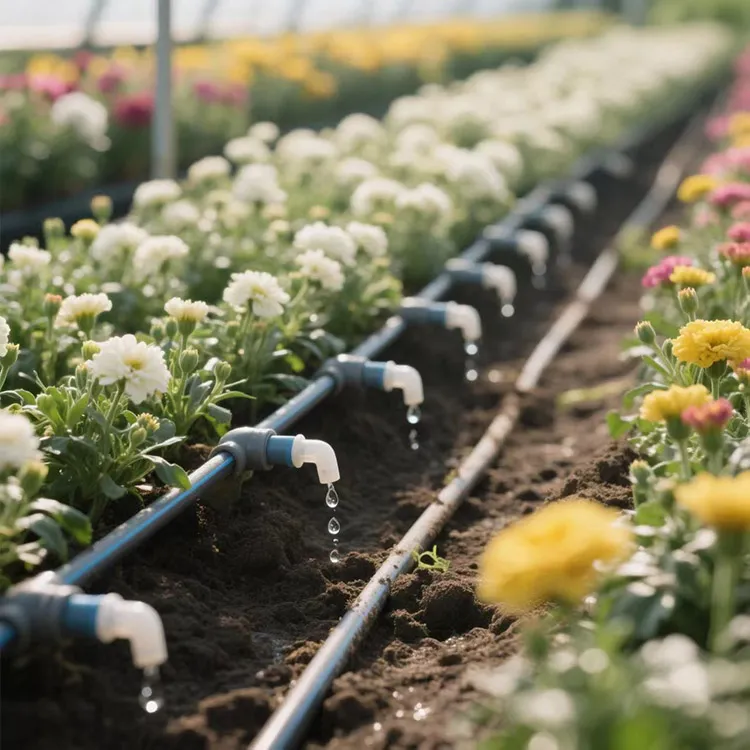
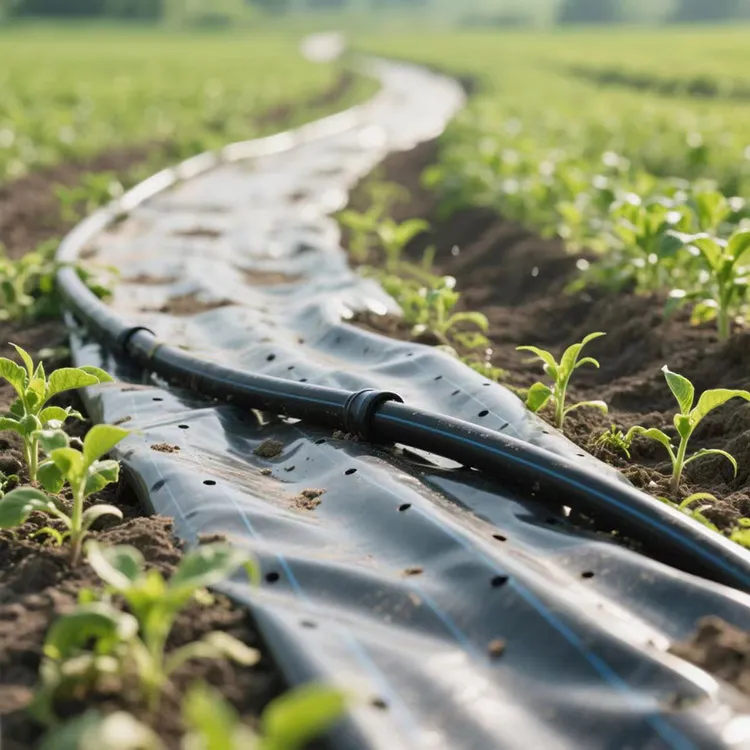
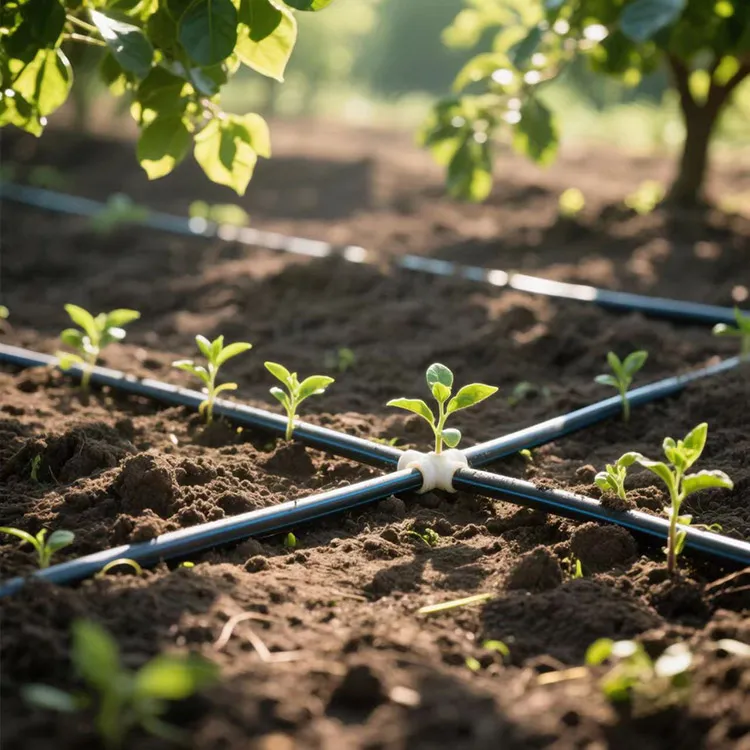
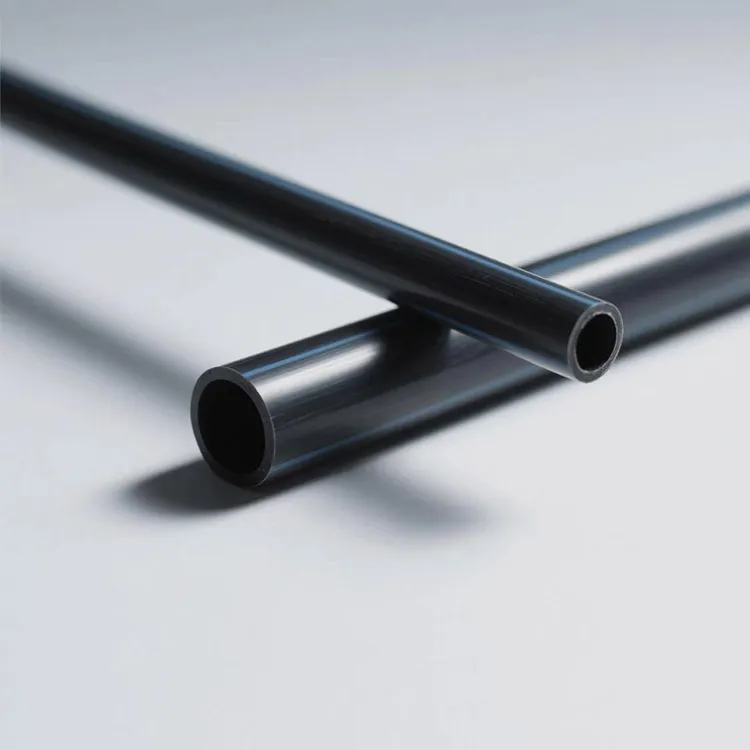
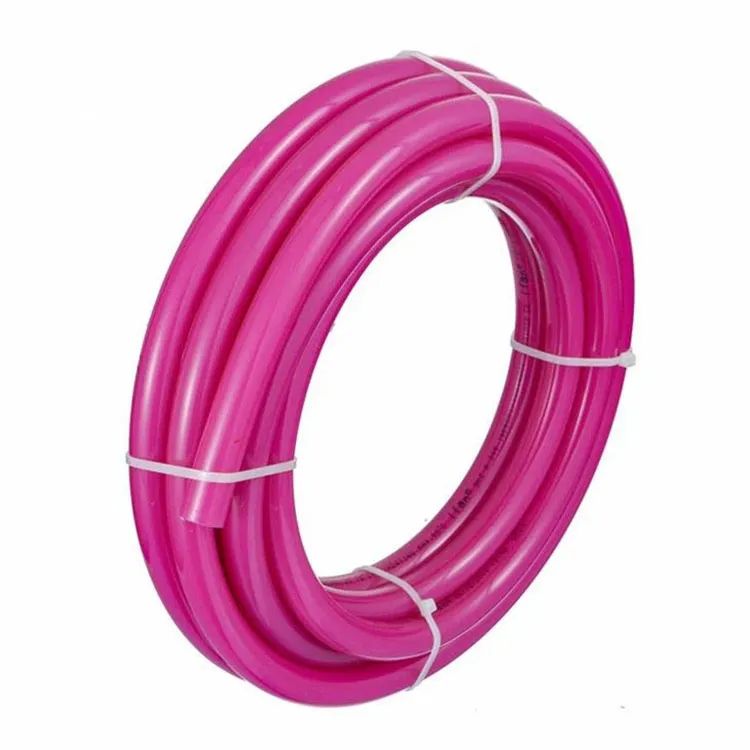
294.webp)
476.webp)
420.webp)
146.webp)
460.webp)
287.webp)
274.webp)


